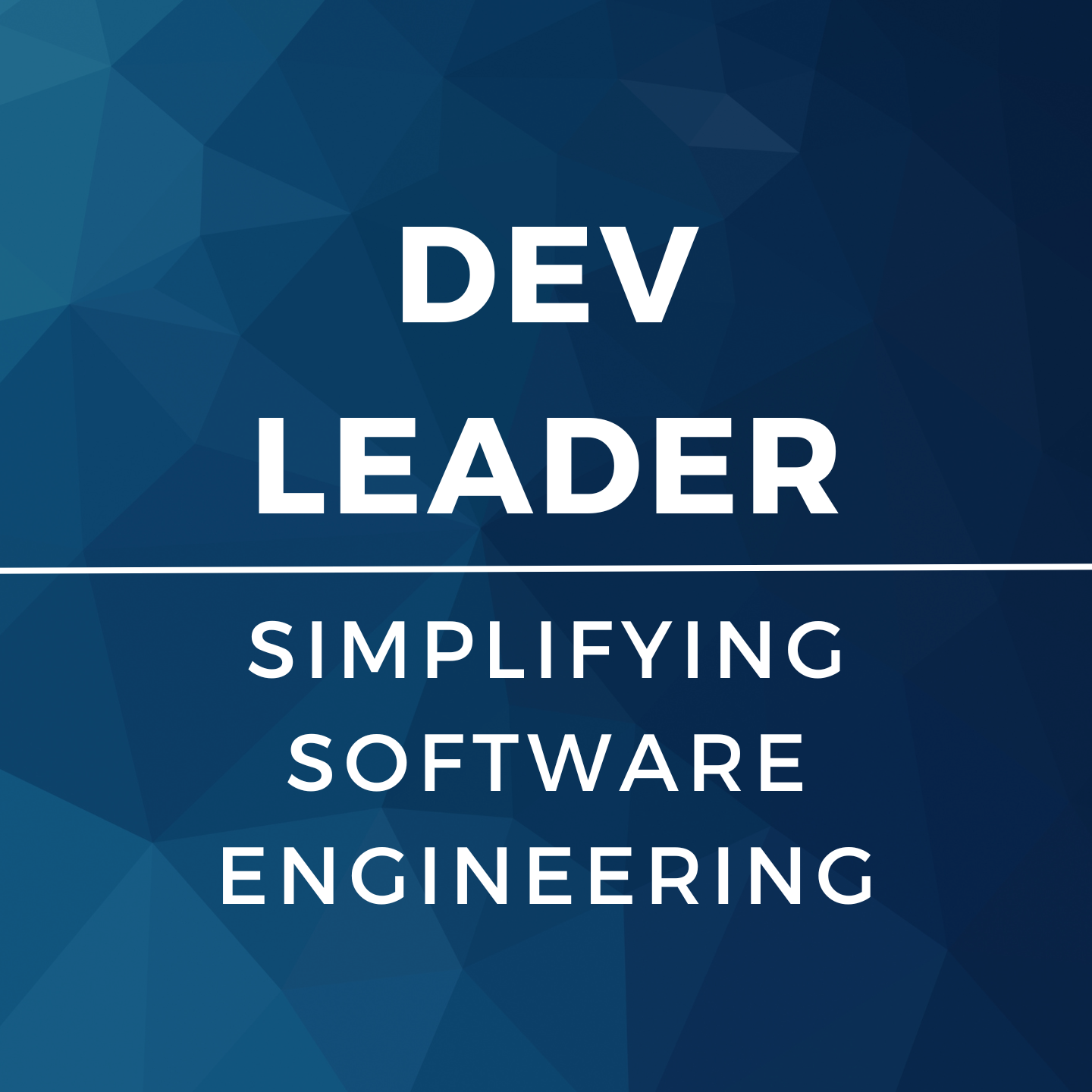Background
At Magnet Forensics, I lead an awesome team of people with the mission of creating forensics software to help investigators around the world solve crimes. We're stacked with incredible people--and not only on the team I'm on, but company-wide. We do a great job of recognizing our achievements as an organization and as a team, but also on an individual level. If someone has gone above and beyond, we don't keep that a secret.
I've been trying to make more of a conscious effort to recognize the people I work with, especially in ways that are unique to my own style. I think recognizing people in person is important, but you also need to consider your setting. Sometimes recognition in a public forum isn't actually appreciated or isn't nearly as effective as appreciating in a one-on-one setting. I find even for myself that I get uncomfortable when being recognized in a public setting.
With that said, I wanted to recognize an individual I work with without shining too much of a spotlight directly her. Thank you, Christine, for all of your hard work.
Broken Retrospectives
At Magnet, we try to adhere to some agile philosophies. It lets us pivot pretty quickly to customer needs--which keeps them quite happy--and still lets us deliver rock solid software. We develop in short cycles called "sprints" and at the end of every sprint we have a retrospective to look back at what worked well and what didn't. That way in the next sprint we can make improvements. Keep the good stuff, drop the broken stuff and try out a thing or two that's new. This is excellent for continuous improvement unless...
They don't work.
We would run our retrospectives religiously, but it seemed like nobody really wanted to be there. It was a seemingly forced meeting where I felt a lot of the time I was trying to stir up conversation. By the end of the meeting, just about everyone would have chimed in, but there weren't a lot of ideas being generated. It was long, boring, and didn't accomplish any of the goals we wanted it to. Thus, our development cycles stayed basically the same for a while. They worked and they didn't appear to be broken enough that people wanted to see change.
Things remained the same until I received some input from Christine. When Christine read an article on LinkedIn called I Like, I Wish, I Wonder, she thought it might have some positive carry-over to our development process. If Christine thought that it might spark a change in our retrospectives, that was more change than I was hearing from the team in general (including myself, to be fair). So I decided we'd give it a shot.
Annnd we haven't looked back since.
I won't go too in-depth on how I Like, I Wish, I Wonder has rocked our retrospective world because I want to save that for a separate write-up. The point is that it did, and it's all thanks to Christine for digging it up for us. We've started to completely overhaul different aspects of our development process now that retrospectives are effective. I really started to realize just how big of an impact it had when I was explaining some of the development process changes to our CEO. I remember thinking "Wow... If we wouldn't have switched our retrospective process, we'd be nowhere near as efficient".
So, thank you for the retrospective idea, Christine. For anyone else looking to flip retrospectives around, try out the I Like, I Wish, I Wonder scheme.
Personalities
I can imagine a lot of people in the development world don't think too much about personalities. I know I didn't. Sure, everyone is different. Everyone has their own effective ways of communicating, things they like, things they don't like, and optimal situations for working. I get it. Now let me go do my work and you go do your work. In an ideal world, you just assume everyone can figure out everyone else that they're working with, and things will just be fine. Except things are never ideal, and it never hurts to put in a bit more effort to make sure you can get your team up to speed.
So we tried something out. I worked with my HR manager (read: communicated a potential scenario for our development team, let her run free with her awesome creative ideas, and then helped her where she needed it) to roll out a Myers-Briggs personality test for a small sub-team of our development team. If you aren't familiar with the tests or the concept, check out the link and read up on it! We figured it would be best to try this kind of thing out on a small part of the team to see if they would find value in it, and if so, we'd try the whole team.
After we rolled out the Myers-Briggs results with the small team, the benefits were immediately noticeable. We didn't even have to leave the room before seeing the benefits. We knew there was some potential here, so we were already excited to try it out with the rest of the team. With everyone being aware of how other individuals may act and react when communicating and working, it makes a big difference in how particular scenarios are approached.
Thank you, Christine, for making differences in personality something to be cognizant of and then supporting our roll-out of Myers-Briggs. For anyone reading this that manages a team or is part of one... Consider the personality types of the people you work with. Maybe you don't need a formalized Myers-Briggs plan, but it's worth raising awareness of it.
Thank You, Christine
Christine, you've made a lot of great contributions to the team and I'd like to thank you for them. Our development processes have been able to greatly improve thanks to your initial suggestion. I'm sure we would have adapted over time, but your suggested tweaks have certainly acted as a catalyst. Your furthered support with the personality type analysis and subsequent rollout was also greatly appreciated. You were able to participate in our mini-experiment and offered great feedback to turn it into a success for the entire team.
Thank you. I'm looking forward to what this year will bring!

